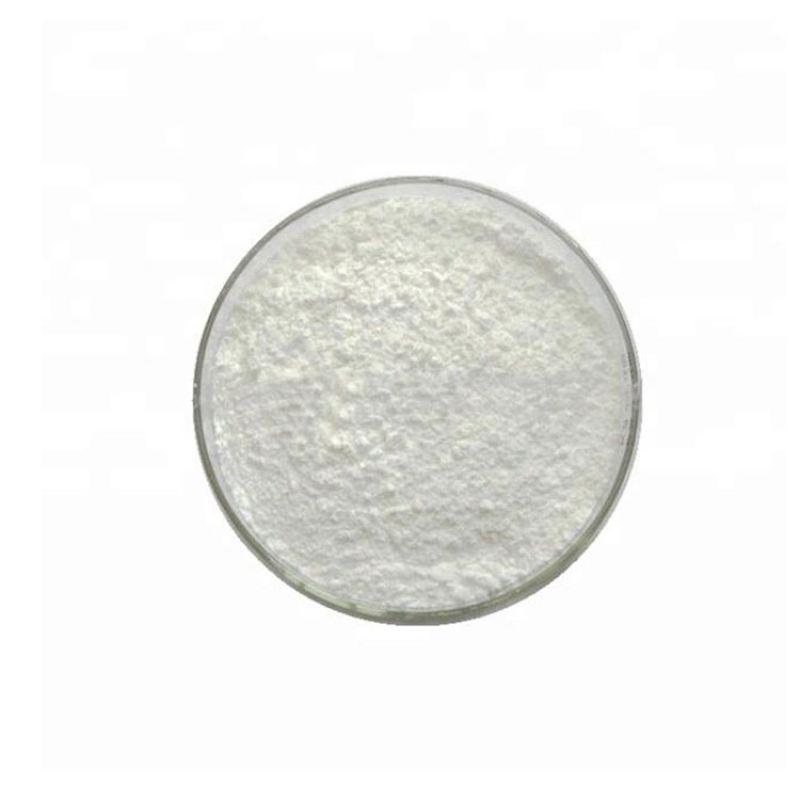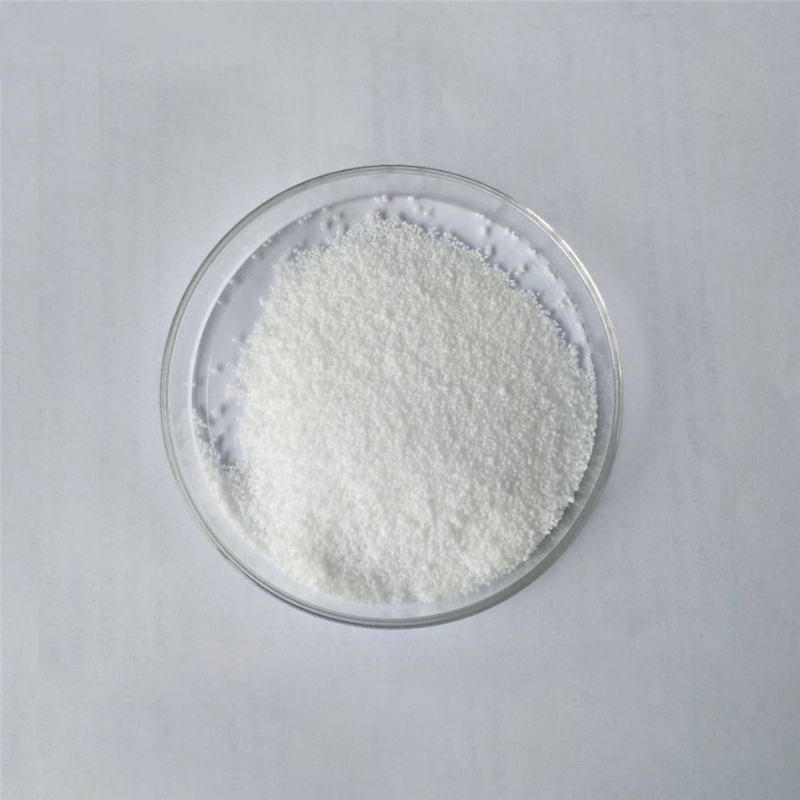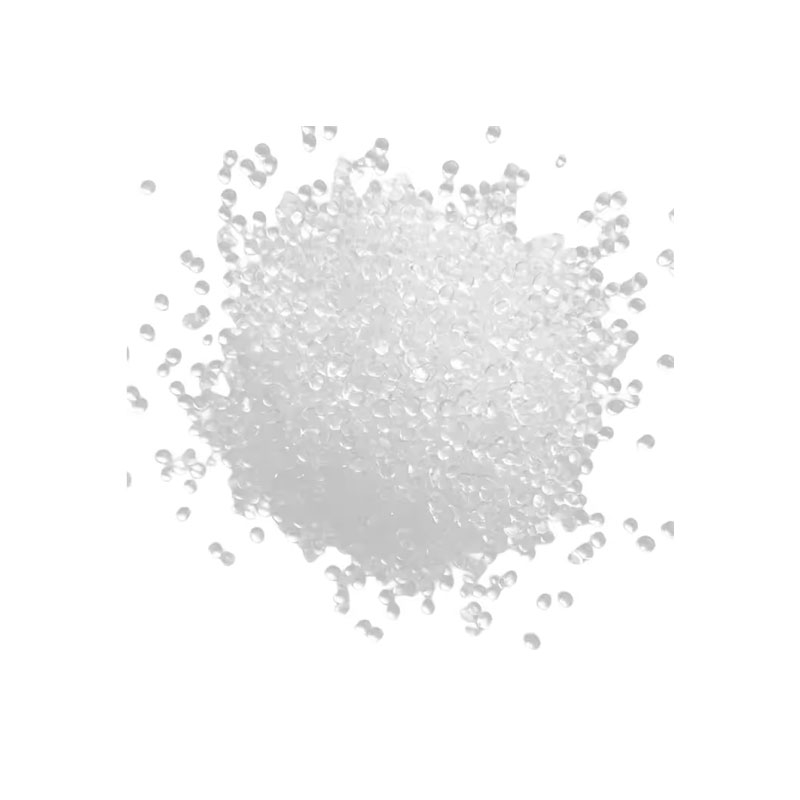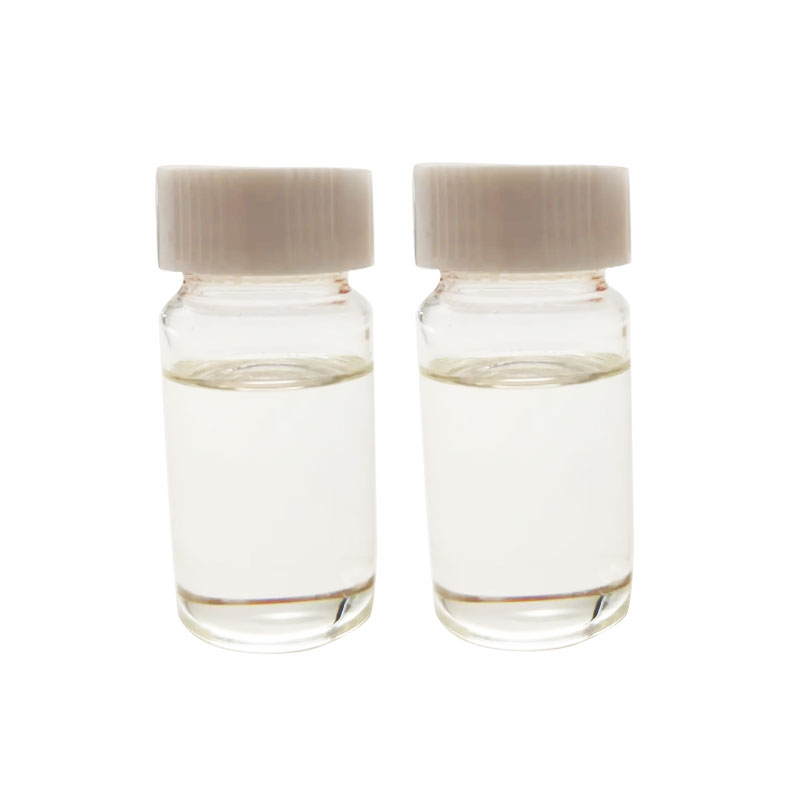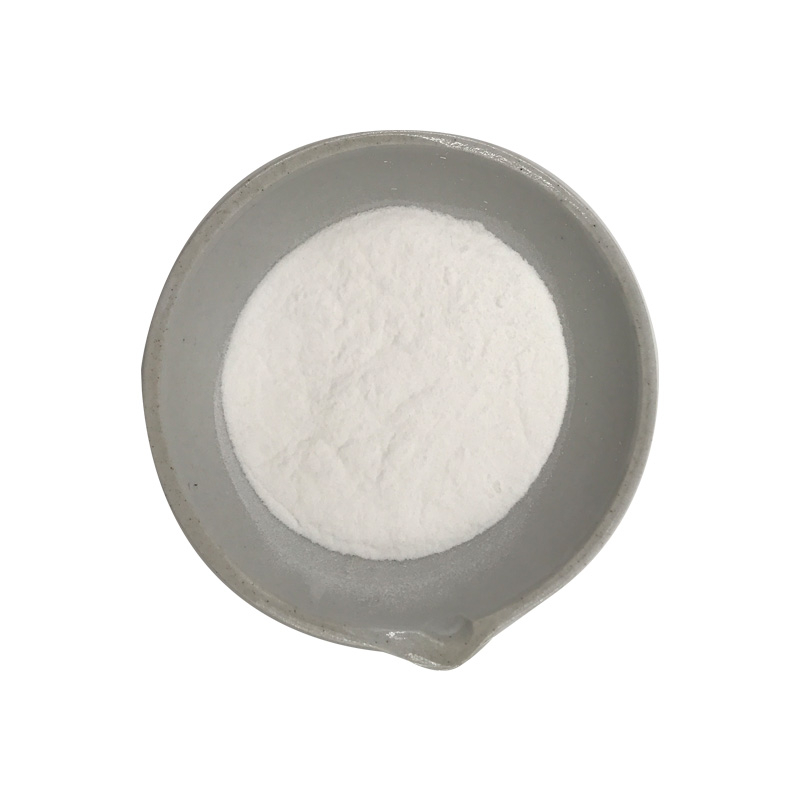Products Description of AMBERLITE(R) IRA-400 (CL) CAS#9002-24-8717 Strong Base Anion Exchange Resin is a chemical substance.AMBERLITE(R) IRA-400 (CL) Chemical PropertiesWater Solubility Insoluble in water.Merck 14,382Safety InformationRisk Statements 36/37/38Safety Statements 26-36WGK Germany 3TSCA YesProduct Application of AMBERLITE(R) IRA-400 (CL) CAS#9002-24-8Used for softening water, preparing high-purity water, refining radioactive elements, extracting iodine from seaweed, refining antibiotics, industrial wastewater treatment, etc.Factory and Equipm
Contact Now
Products Description of Poly(vinyl alcohol)CAS#25213-24-5White powderPoly(vinyl alcohol) Chemical PropertiesMelting point >300 °CEPA Substance Registry SystemVinyl acetate vinyl alcohol polymer (25213-24-5)Safety InformationRisk Statements 23/24/25-36/38-39/23/24/25Safety Statements 26-36/37-45WGK Germany 1RTECS TR8100000 Factory and Equipment ShowFast delivery timeInventory 2-3 working days New production 7-10 working days
Contact Now
Products Description of 2-Aminobenzotrifluoride CAS#88-17-5O-aminotrifluorotoluene is a colorless or light yellow transparent liquid with a relative density of 1.282, a melting point of 34-35°C, and a boiling point of 174-175°C. It is slightly soluble in water and easily soluble in organic solvents such as alcohol and ether. It is the most popular chemical product in recent years.
Contact Now
Products Description of Dioctyl terephthalate CAS#6422-86-2Dioctyl terephthalate (DOTP) is a high-performance main plasticizer for polyvinyl chloride (PVC) plastics. Compared with the commonly used diisooctyl phthalate (DOP), it has the advantages of heat resistance, cold resistance, low volatility, anti-extraction, flexibility and good electrical insulation performance. It shows excellent durability, soap water resistance and low-temperature flexibility in the products.
Contact Now
Products Description of ZIRCONIUM(IV) HYDROGENPHOSPHATECAS#13772-29-7Zirconium phosphate (ZrP), also known as zirconium hydrogen phosphate, has a chemical formula of Zr(HPO₄)₂.2H₂O and is a fine phosphorus chemical product. Zirconium phosphate has a white powder appearance, an acidic pH value, stable chemical properties, is insoluble in water, insoluble in general organic solvents, has good acid and alkali resistance, has high thermal stability and mechanical strength, and is widely used as a solid lubricant in self-lubricating composite materials.
Contact Now
Products Description of Zirconium Silicate CAS#10101-52-7Zirconium silicate is a high-quality, low-cost emulsifier that is widely used in various building ceramics, sanitary ceramics, daily-use ceramics, primary ceramics, etc. It has a wide range of applications and a large amount of applications. Zirconium silicate is also further used in the production of color picture tubes in the television industry, emulsified glass in the glass industry, and enamel glazes.
Contact Now
Products Description of EDTA CAS#60-00-4Ethylenediamine can be obtained by cyclizing ethylenediaminetetraacetic acid with formamide. This is a drug primarily used to treat psoriasis, also known as psoriasis. But as an organic synthesis intermediate, it is not the main use of EDTA. EDTA and its salts can undergo complex reactions with a variety of metal ions to form a stable cyclic structure, which can effectively reduce or inhibit side reactions or harmful effects caused by metal ions.
Contact Now
DIOLEYL PHOSPHONATE CAS#64051-29-2Among various lubricants, dioleyl phosphonates can improve the anti-wear and load-bearing capacity of lubricants, reduce friction coefficient, lower equipment operating temperature, and improve equipment reliability and life. Adding to fuel can improve fuel combustion performance, reduce engine wear and carbon deposition, and reduce exhaust emissions.
Contact Now
Calcium Chloride (CAS#10043-52-4) - High-Quality Solution for Various IndustriesProduct OverviewCalcium Chloride (CaCl2), a high-purity industrial and food-grade compound, offers a versatile solution for applications across multiple industries.
Contact Now
Ethanol CAS# 71-23-81-propanol is the compound with the hydrogen atom in the propane molecules being changed by way of hydroxyl group. Because the hydroxyl crew can alternative the hydrogen atoms contained in the carbons in the two terminals of carbon chain or center carbon, hence producing two isomers, n-propyl alcohol and isopropyl alcohol.The chemical property of the 1-propanol is comparable to that of ethanol.
Contact Now
Products Description of 2-Bromo-5-hydroxypyrazine CAS#374063-92-02-Hydroxy-5-bromopyrazine is an organic intermediate.2-Bromo-5-hydroxypyrazine Chemical PropertiesMelting point 115-119°Cdensity 2.00±0.1 g/cm3(Predicted)storage temp. Keep in dark place,Sealed in dry,Room Temperaturepka10.02±0.40(Predicted)form Crystalline Powdercolor White to light brownSafety InformationHazard Codes Xi,XnRisk Statements 22-41Safety Statements 26-39WGK Germany 1HS Code 29339900Product Application of 2-Bromo-5-hydroxypyrazine CAS#374063-92-0It has been
Contact Now
Products Description of Carbon Black CAS#1333-86-4Carbon black is a finely divided form of carbon. It may ignite explosively if suspended in air in the presence of an ignition source or slowly undergo spontaneous combustion upon contact with water.In addition, it is toxic by inhalation, with a TLV of 3.5 mg/m3 in air. Primary uses are in the manufacture of tires, belt covers, plastics, carbon paper, colorant for printing inks, and as a solar-energy absorber.1. It is edible black pigment.
Contact Now
Products Description of Silicon carbide CAS#409-21-2Silicon carbide, commonly known as diamond, is a ceramic compound formed by bonding silicon and carbon. Silicon carbide exists in nature in the form of a rare mineral called moissanite. Since 1893, silicon carbide powder has been used as an abrasive in large quantities. Sintering silicon carbide powder can produce hard ceramic silicon carbide particles, which can be used in materials that require high durability, such as automotive brake pads, clutches and bulletproof vests.
Contact Now
Products Description of N-Hexadecyltrimethylammonium chloride CAS#112-02-7Cetrimonium chloride, also known as hexadecyltrimethylammonium chloride, is a white crystalline powder. It is easily soluble in isopropyl alcohol and water. It produces a lot of foam when shaken. It has good compatibility with cationic, nonionic and amphoteric surfactants.
Contact Now
Products Description of Cetrimide CAS#8044-71-1Cetrimonium bromide is in the form of white or light yellow crystals or powder, easily soluble in isopropyl alcohol and water, produces a large amount of foam when shaken, has good compatibility with cationic, nonionic and amphoteric surfactants, and has excellent penetration, softening, emulsification, antistatic, biodegradability and bactericidal properties.Ctrimide Chemical PropertiesMelting point 245-250 °C(lit.)solubility H2O: 10 % (w/v)CAS DataBase Reference8044-71-1(CAS DataBase Reference)Safety InformationHazard Co
Contact Now
Products Description of Diethylamino hydroxybenzoyl hexyl benzoate CAS#302776-68-7Diethylamino hydroxybenzoyl hexyl benzoate is an organic peroxide with strong oxidizing effect. It is easy to produce highly active free radicals during thermal decomposition. It is thermally unstable and may decompose at relatively low temperatures. During the decomposition process of diethylamino hydroxybenzoyl hexyl benzoate, a large amount of heat and gas is released, which increases the temperature and accelerates the decomposition.
Contact Now
Products Description of Diethylenetriaminepenta(methylene-phosphonic acid) CAS#15827-60-8DTPMPA is used as a scale inhibitor for circulating cooling water and boiler water in water treatment. It is particularly suitable for alkaline circulating cooling water as a scale inhibitor without pH adjustment. It can also be used as a scale inhibitor for oil field injection water, cooling water and boiler water containing high barium carbonate. When this product is used alone in a compound agent, there is no need to add a dispersant, and the amount of dirt deposition is still very small.
Contact Now
Phenol CAS# 108-95-2 Phenol is the easiest member of a classification of natural compounds possessing a hydroxyl team connected to a benzene ring or to a extra complicated fragrant ring system.Also recognized as carbolic acid or monohydroxybenzene, phenol is a colorless to white crystalline fabric of candy odor, having the composition C6H5OH, bought from the distillation of coal tar and as a derivative of coke ovens.Phenol has extensive biocidal properties, an
Contact Now
Products Description of 2,4,5-Trimethoxybenzaldehyde CAS#4460-86-02,4,5-Trimethoxybenzaldehyde is mainly used to prepare asarone. α-Asarone is mainly found in the volatile oils of natural products such as Acorus calamus. It has sedative, prolonged hypnotic and antibacterial effects. It is clinically used to treat mental illnesses such as chronic bronchitis, epilepsy, and coma.
Contact Now
Products Description of Formaldehyde CAS#50-00-0Formaldehyde is the simplest aldehyde molecule with active chemical properties and certain toxicity. At room temperature, it is a colorless gas with a pungent odor, which easily undergoes polymerization to form polyformaldehyde. Formaldehyde is easily soluble in water, alcohol and other organic solvents.
Contact Now
Cyclohexanone CAS#108-94-1Cyclohexanone is a colorless, clear liquid with soil smell; its impure product seems as mild yellow color. It is miscible with numerous different solvents. without difficulty soluble in ethanol and ether. The decrease publicity restrict is 1.1% and the higher publicity restriction is 9.4%.
Contact Now
Calcium chloride CAS# 10043-52-4Product Description:At our company, we pride ourselves on offering high-quality Calcium Chloride with the chemical formula CaCl2. Our 99% Calcium Chloride is meticulously produced to meet the demands of various industries, ensuring optimal performance and efficiency.
Contact Now
Bulk Calcium Chloride CAS#10043-52-4Product Description:At our company, we pride ourselves on offering high-quality Calcium Chloride with the chemical formula CaCl2. Our 99% Calcium Chloride is meticulously produced to meet the demands of various industries, ensuring optimal performance and efficiency.
Contact Now
Products Description of Dextrin CAS#9004-53-9White amorphous powder, odorless, slightly sweet taste.Dextrin Chemical PropertiesMelting point 53.75-54 °Cdensity 0.8 g/cm3storage temp. Store at RT.solubility H2O: 0.1 g/mL hot, complete, yellow to very deep yellowform powdercolor yellowOdorodorlessWater Solubility Soluble in hot water (0.1 g/ml).Sensitive HygroscopicMerck 14,2953Dielectric constant2.2(Ambient)Stability:Stable. Combustible.
Contact Now



